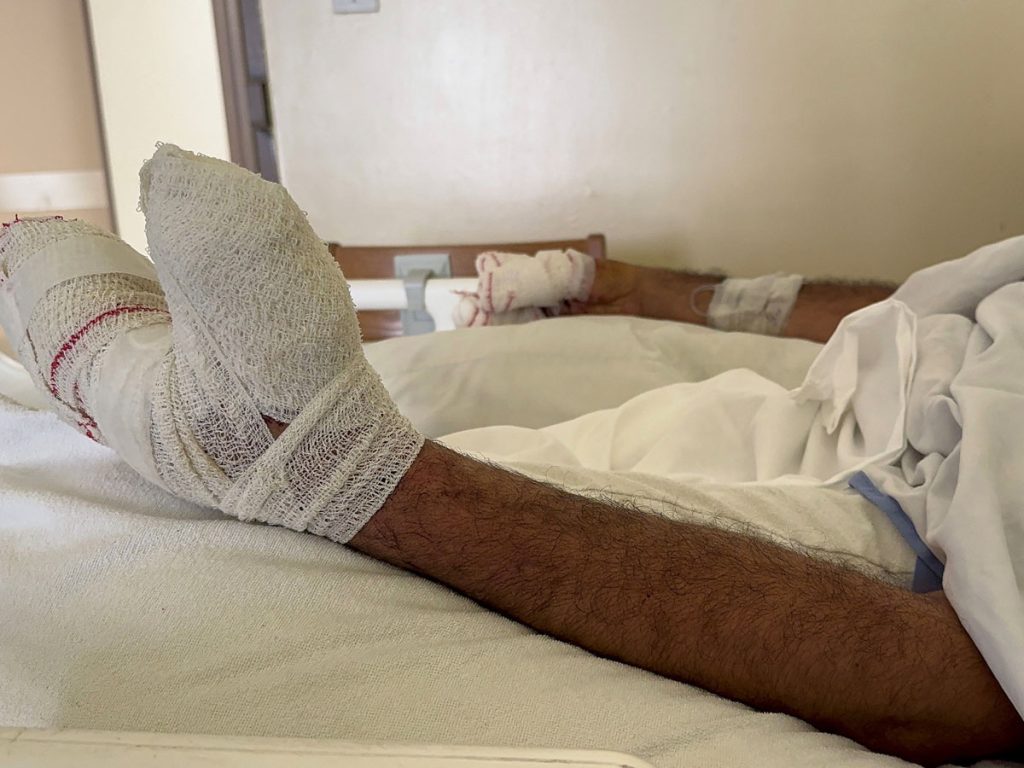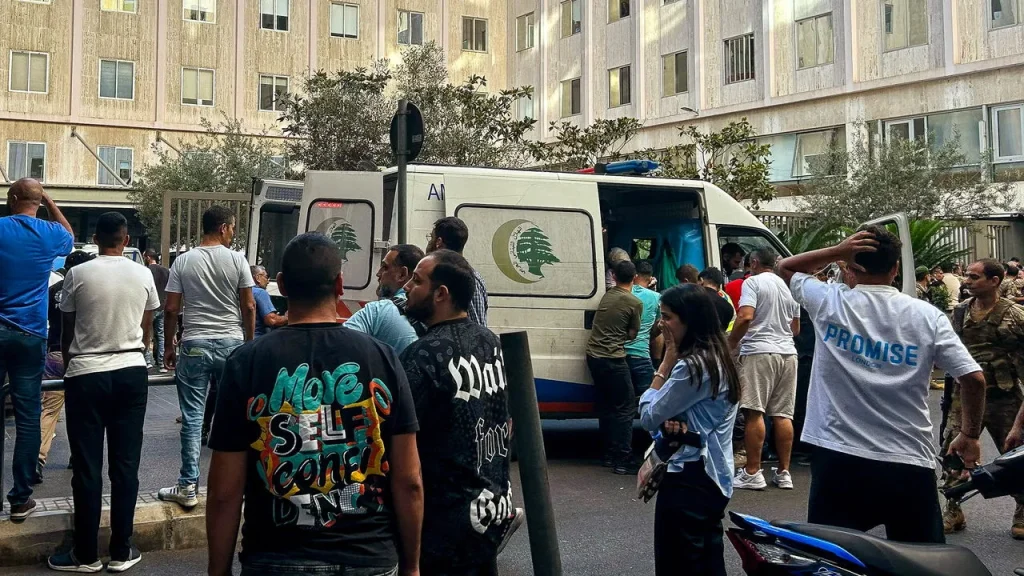In an unprecedented and sophisticated intelligence operation, Israel has been accused of launching a series of lethal attacks on Hezbollah using weaponized pagers that exploded in September 2023, killing 39 people and wounding over 3,400 in Lebanon. The operation, spearheaded by Israel’s Mossad, involved a meticulously designed battery concealed within the pagers, which had been delivered to Hezbollah earlier in the year under the guise of a consumer electronic product. This covert attack is now being seen as a pivotal moment in the ongoing regional tensions between Israel and the Iran-backed Lebanese militant group.



A Deceptive Design: The Pager Bombs
The weaponized pagers, which arrived in Hezbollah’s hands in early 2023, were equipped with a highly deceptive battery design. According to a Lebanese source familiar with the device and images obtained by Reuters, the batteries contained a small but potent charge of plastic explosive, strategically placed between two battery cells. This explosive, made of six grams of white pentaerythritol tetranitrate (PETN), was covered by a novel detonator that was invisible to X-ray scanners—a critical detail given Hezbollah’s strict procurement procedures.

To avoid detection, the agents behind the operation used advanced techniques to create a plausible backstory for the pagers, which were sold under the Gold Apollo brand, a well-known Taiwanese electronics manufacturer. This effort included fake online stores and websites designed to make the AR-924 pager model appear legitimate. The stealthy design and backstory were carefully crafted to bypass Hezbollah’s scrutiny and allow the devices to be introduced into the group’s communication systems.

The Explosive Outcome
On September 17, 2023, the pagers detonated in Hezbollah’s strongholds in southern Beirut, killing and injuring scores of people. The detonations occurred after the pagers emitted a beeping sound, indicating an incoming message—an unsuspecting signal that ultimately triggered the explosive charge within. The victims suffered severe injuries, including eye wounds, missing limbs, and gaping abdominal injuries, which suggested that many were in close proximity to the device at the time of the explosion. The attack was followed by a second round of explosions involving weaponized walkie-talkies the next day, further devastating Hezbollah’s ranks.
In total, 39 people were killed, and over 3,400 others were injured in what was seen as the deadliest and most effective attack on Hezbollah in years. The operation has raised questions about the extent of Israeli intelligence operations and the lengths to which Israel has gone to undermine its enemy’s security infrastructure.


A Multi-Layered Strategy: Concealing the Attack
The pagers used in the attack were designed to look like standard consumer electronics, with the battery, labeled LI-BT783, mimicking a regular lithium-ion power source used in many everyday devices. However, this was far from an ordinary battery. Hidden within the battery pack was a layered assembly that included PETN explosives and a strip of highly flammable material. The detonator, made of non-metallic components, was crucial in avoiding detection by X-ray scanners, making the device particularly dangerous.
To ensure Hezbollah’s procurement team wouldn’t question the authenticity of the devices, Israeli operatives created a backstory for the AR-924 pager model. They marketed it under the Gold Apollo brand, even creating fake online stores and web pages to give the appearance of a legitimate product. These fabricated websites and online discussions about the pager battery, which was purported to have an impressive 85-day battery life, further contributed to the deception.
Despite Hezbollah’s efforts to check the pagers for explosives by running them through airport security scanners, nothing suspicious was initially reported. The devices’ unassuming appearance and the high-level deception that surrounded them ensured that the pagers were distributed and used without raising alarms until the deadly explosions occurred.
Mossad’s Role and International Reactions
While Israel has neither confirmed nor denied its involvement in the attacks, Israeli Defense Minister Yoav Gallant praised Mossad for its “impressive” results shortly after the explosions. This has been widely interpreted as a tacit acknowledgment of Israel’s role in the operation. Several Western security sources have also indicated that Mossad was behind the operation.
The attacks have exacerbated tensions in the region, with Hezbollah condemning them as a violation of Lebanon’s sovereignty. Hezbollah leader Sayyed Hassan Nasrallah, in his last public speech before being killed in an Israeli airstrike, described the device explosions as a “declaration of war” and vowed retaliation. In the days following the pager and walkie-talkie bombings, Hezbollah began launching rockets at Israeli military positions, triggering an escalation in hostilities. This marked the beginning of a broader conflict, with Israel launching airstrikes and a ground invasion into southern Lebanon, which has since claimed the lives of many Hezbollah leaders.
Hezbollah’s Internal Probe and Setback
In the wake of the devastating explosions, Hezbollah initiated an internal investigation to determine how such a significant security breach could have occurred. The group’s procurement team was reportedly taken by surprise by the sudden and deadly nature of the explosions. The investigation, however, suffered a severe blow when Nabil Kaouk, the senior official leading the probe, was killed by an Israeli airstrike on September 28, 2023, further crippling Hezbollah’s efforts to uncover the full extent of the operation.

The Broader Implications for Israel and Hezbollah
The attack marks a significant shift in the Israeli-Hezbollah conflict, as it has demonstrated Israel’s capacity to deploy sophisticated, covert operations aimed at destabilizing Hezbollah’s military capabilities from within. While the precise origins of the devices and the identity of those who manufactured them remain unclear, the operation underscores the lengths to which Israel is willing to go to weaken its adversaries.
As tensions continue to rise, the attack on Hezbollah has not only caused considerable damage to the group’s infrastructure but also triggered a series of retaliatory actions that have further escalated the regional conflict. Hezbollah’s decision to launch rockets at Israeli positions in solidarity with Hamas, following the September attacks, has led to a full-on war, including a ground invasion by Israeli forces in southern Lebanon.
As the conflict unfolds, the weaponized pager attack stands as a pivotal moment in the ongoing struggle for dominance in the region, with both sides bracing for further escalations in the coming months.




